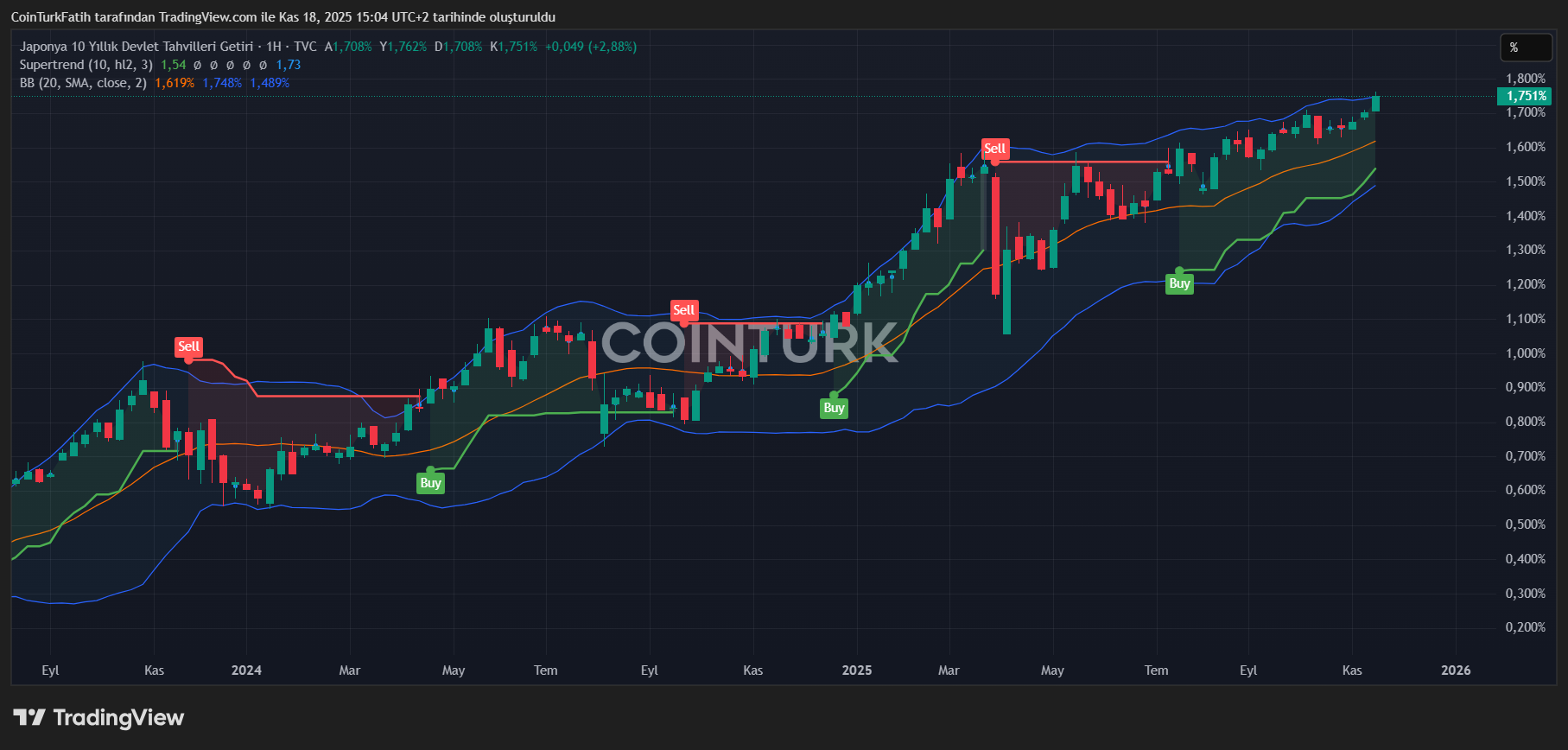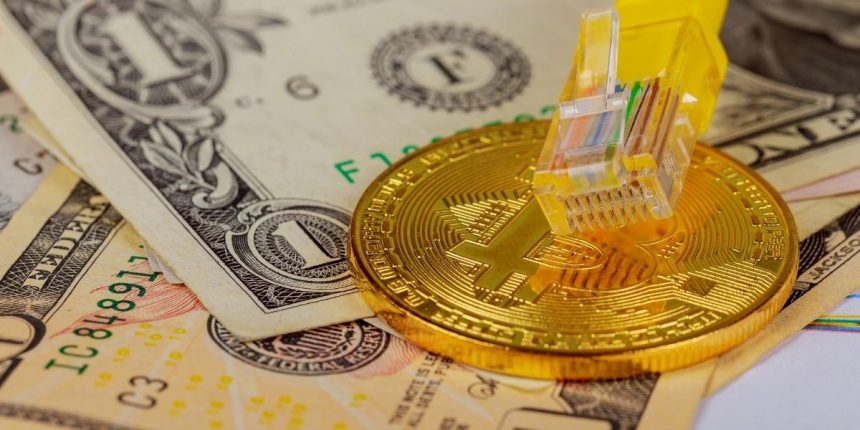We’ve seen a lot of fear about carry trade this year, and this time things have gotten really serious with Japan’s incentive package. Shanaka Anslem Perera and many economists remind us of the reality that we had to face as of November and draw attention to a major problem regarding both the stock market, cryptocurrencies and, in a broad sense, global liquidity.
30 Years of Japan Story
On Sunday, just as sales in cryptocurrencies were accelerating, Japan announced a $110 billion incentive measure. If the USA had done this, we would have seen the rise triggered by monetary expansion, lifeline to the markets, etc. However, when it was Japan that did this, the country bond interest It had the opposite result as it jumped to 1.73%.

While the interest rate difference between the USA and Japan decreased from 3.5% to 2.4% in the past 10 months, the carry trade story was ending. The 30-year Japan story was about borrowing money at zero interest and investing it in US stocks, crypto, global bond markets, real estate. Japan gives 0% interest and 4% in the USA interest or earn much larger profits in crypto at zero cost.
This was brought to an end with the incentive announced on Sunday, November 16. We were already seeing signs of this throughout the year. At 263% of GDP, the debt costs Japan $26 billion for every 1% increase.
Cryptocurrencies and Economy
Japan has $3.2 trillion in foreign assets. A significant part of this is in US companies, bonds, and other countries’ companies and bonds. Some of it is in cryptocurrencies and this money is now returning to its homeland. As the zero and near-zero interest rate story ends, the world’s biggest buyer is now a net seller.
If there is someone who makes constant and large sales and needs to sell what he has, he will continue to sell despite the falling price until he finishes it. Shanaka Anslem Perera says;
“US stock multiples fall from 21x to 16x. This is not due to recession, but due to liquidity withdrawal. Nikkei falls 12% as Yen strengthening devastates exporters. Emerging markets lose 30% of their funds. Credit spreads increase 100 basis points.”
The Federal Reserve’s decision to end quantitative tightening on December 1 is a capitulation. They see Japanese capital disappearing. They will print money to buy the treasury bonds themselves. Financial dominance is here. Japan’s 30-year era of free money subsidizing the world is over. The basis has disappeared. “Every asset that was priced for abundance of liquidity is now repriced for scarcity.”
The Bank for International Settlements reports $764 billion in direct cross-border yen lending as of the second quarter of 2025. When derivative instruments and hedging positions are included, the total carry trade risk exceeds 1.2 trillion dollars. It is expected that $500-600 billion of capital will return to Japan within 18-24 months. And of course, the domino effect of this will have multiplicative results.
cryptocurrency Since it is estimated that 20-25% of the liquidity in the market is directly or indirectly dependent on the yen flow, concerns that “liquidity problems directly in crypto” may arise, apart from the negative effects of the decline in the stock market on crypto, become evident. In other words, this is partly the reason for the accelerated sales as of Sunday, and if there is no rapid expansion in the US channel and inflows into crypto in the medium term, the consequences may be greater.
The termination of quantitative tightening by the Fed on December 1, 2025 is seen as a precaution for Japan for precisely these reasons. The Fed should work to limit the effects here by turning back into a Treasury bond buyer after years of ongoing sales. So, no matter how much Powell destroys himself and tries to take a hawkish stance, this is the stance that changing conditions force the Fed to take. cryptocurrencies This situation will increase by 2026 depending on the size of the steps the Fed will take.





